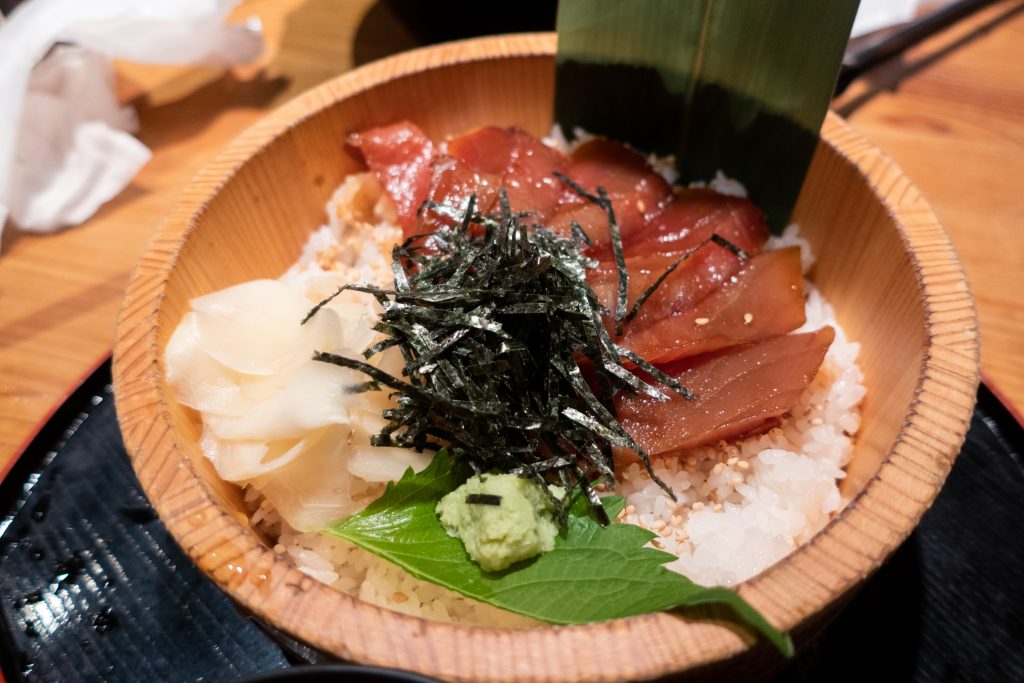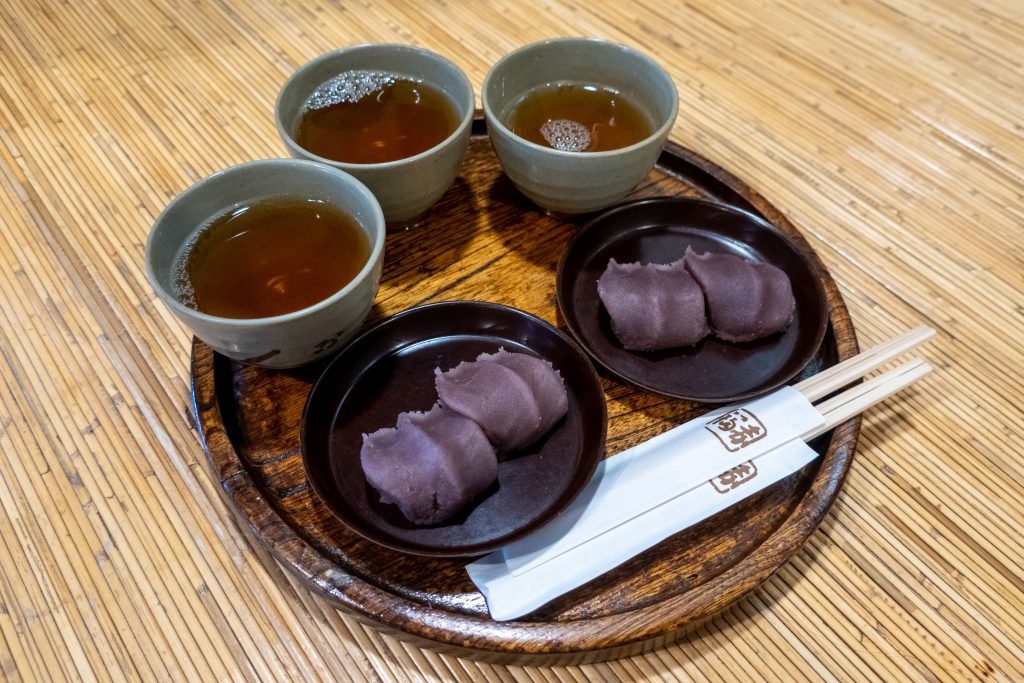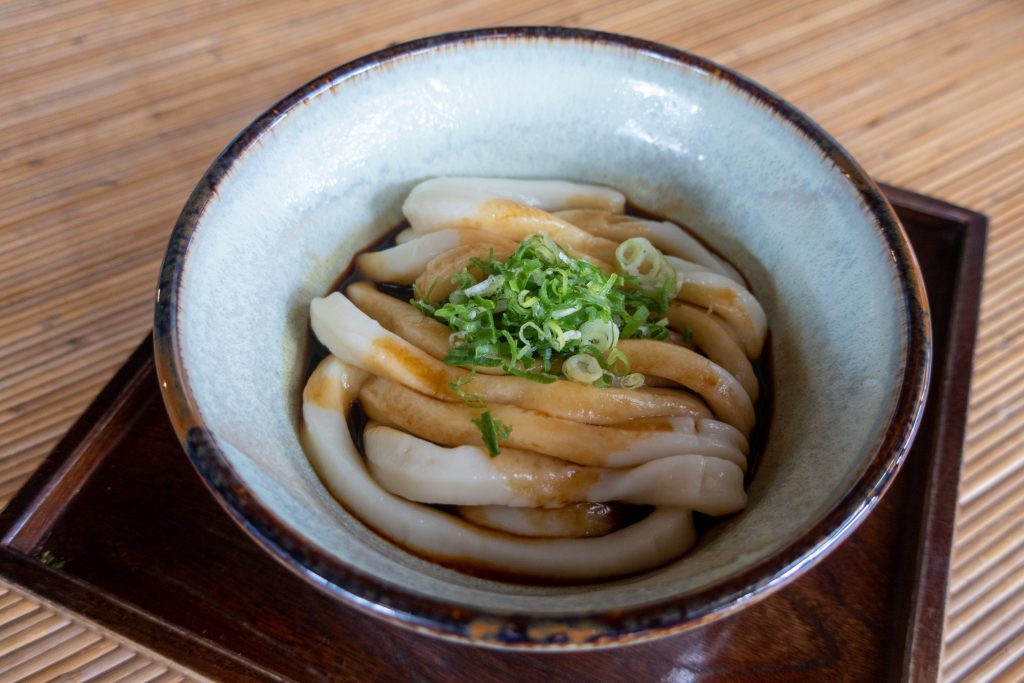


This is a version of chirashi sushi that’s especially popular in the Shima region of Mie prefecture. Chirashi sushi is a dish in which slices of sashimi are placed on a bed of rice and served in a bowl, rather than piece by piece like traditional sushi. Tekone-style sashimi is marinated in sweet-and-sour soy sauce, and toppings such as thinly cut seaweed, shiso leaves, and sesame seeds are sprinkled on top. This meal originated with local fishermen, who needed something filling but easy to make while on their fishing voyages. Whatever they caught, they could easily marinate and serve over rice. It’s not unusual to see tuna or yellowtail used in Tekone sushi, but the most common fish is bonito. This is no surprise, since Mie is well known for its high-quality bonito.




This is one of Ise’s most famous dessert items, dating all the way back to the early 18th century. It starts with red beans, which are cooked with sugar and mashed into a fine paste. Then sticky rice is steamed and mashed until it too reaches a thick paste-like consistency. This rice paste is then wrapped around the red bean paste, resulting in a sweet dessert cake that’s subtly sweet and perfectly filling. It’s often served with either hot or cold green tea. There are a large number of red bean mochi shops surrounding Ise Shrine, providing satisfaction for tourists looking for a relaxing break from their long travels.





Ise’s version of udon is quite distinct from the rest of Japan. First of all, the noodles are much thicker than ordinary udon, sometimes up to a full centimeter thick! It’s also cooked longer, so it’s much softer and chewier. Also, it doesn’t include a normal broth or dipping sauce, instead being served with a thick soy sauce combined with green onions and dried bonito. Ise udon is thought to have its roots in local farmers during the Edo period, and shops quickly adopted this style of udon to cater to Ise Shrine pilgrims. It’s said that the reason the udon is cooked longer to make it softer is to make it easier to digest for weary travelers who have come a long way to visit the shrine. (Remember, there were no cars or trains back in the Edo period!)

===Additional Info===
Okage Yokocho:
This is a shopping district near Ise Shrine, which flourished during the Edo period but gradually fell into decline. By the 1970s, many of the oldest businesses found themselves out of business. The president of Akafuku, a local confection company, took charge in renovating the area, and recreated the style and atmosphere of an Edo-period shopping district. It has since become a popular tourist attraction, and area shops and restaurants are now flourishing.







